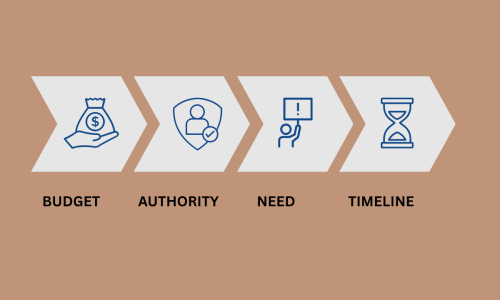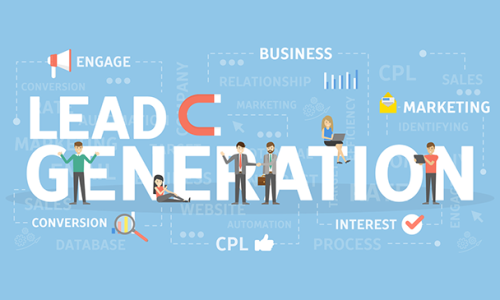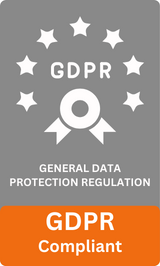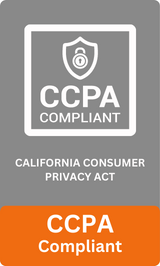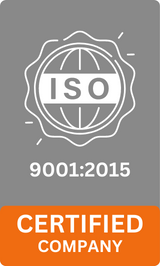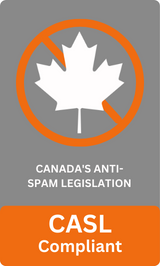Email marketing is a highly effective method for businesses to reach out to potential customers and generate leads. The global market for email marketing software is predicted to grow from $1.26 billion in 2022 to $2.76 billion by 2029.
However, before a business can start blasting emails to a list of subscribers, they need to obtain permission from the individuals on the list. There are two different methods used by companies to obtain this permission – single opt-in and double opt-in.
In this article, we will explore the difference between these two methods and how they are relevant to lead generation.
1# Single opt-in
A company can immediately add a user to its email list without any further confirmation by following a straightforward process called single opt-in, where the user provides their email address. This means that a user only needs to provide their email address once to start receiving emails from the company.
Single opt-in is a quick and easy way to generate leads, as it requires minimal effort from the user. However, this simplicity can also become a weakness for companies as it fails to provide any verification that the user is genuinely interested in receiving emails from them. As a result, a single opt-in can result in a lower-quality email list with lower engagement rates.
2# Double opt-in
Double opt-in requires a confirmation email with a link or code for users to confirm their subscription. This additional step is intended to verify that the user has genuinely opted in and is interested in receiving emails from the company.
Once the user has confirmed their subscription, they will start receiving emails from the company.
Double opt-in ensures that the user has explicitly given permission to receive emails from the company, making it a more secure and reliable method for generating leads. This leads to a higher-quality email list with higher engagement rates.
3# Difference between single and double opt-in
Lead generation is the process of attracting potential customers and converting them into leads. Email marketing is an effective tool for lead generation, as it allows businesses to reach out to potential customers directly and build relationships with them over time.
However, to be successful in lead generation through email marketing, b2b businesses need to have a high-quality email list with engaged subscribers. This is where the difference between single opt-in and double opt-in becomes relevant.
Single opt-in = more leads, lower quality, lower engagement. Double opt-in = fewer leads, higher quality, and higher engagement. This means that businesses using double opt-in are more likely to see a higher return on investment from their email marketing efforts.
Conclusion
Single opt-in and double opt-in are two different methods used by businesses to obtain permission from individuals to send them email communications. While single opt-in is a simpler and faster process, it can result in lower quality leads and engagement rates.
Double opt-in, on the other hand, is a more secure and reliable method for generating leads, which can result in a higher-quality email list with higher engagement rates.
B2B businesses looking to generate leads through email marketing should consider using double opt-in to build a high-quality email list that will lead to more successful lead-generation efforts.


